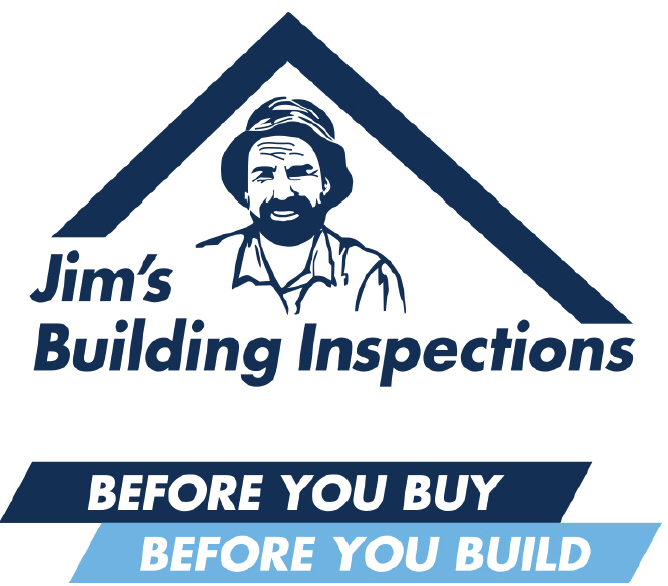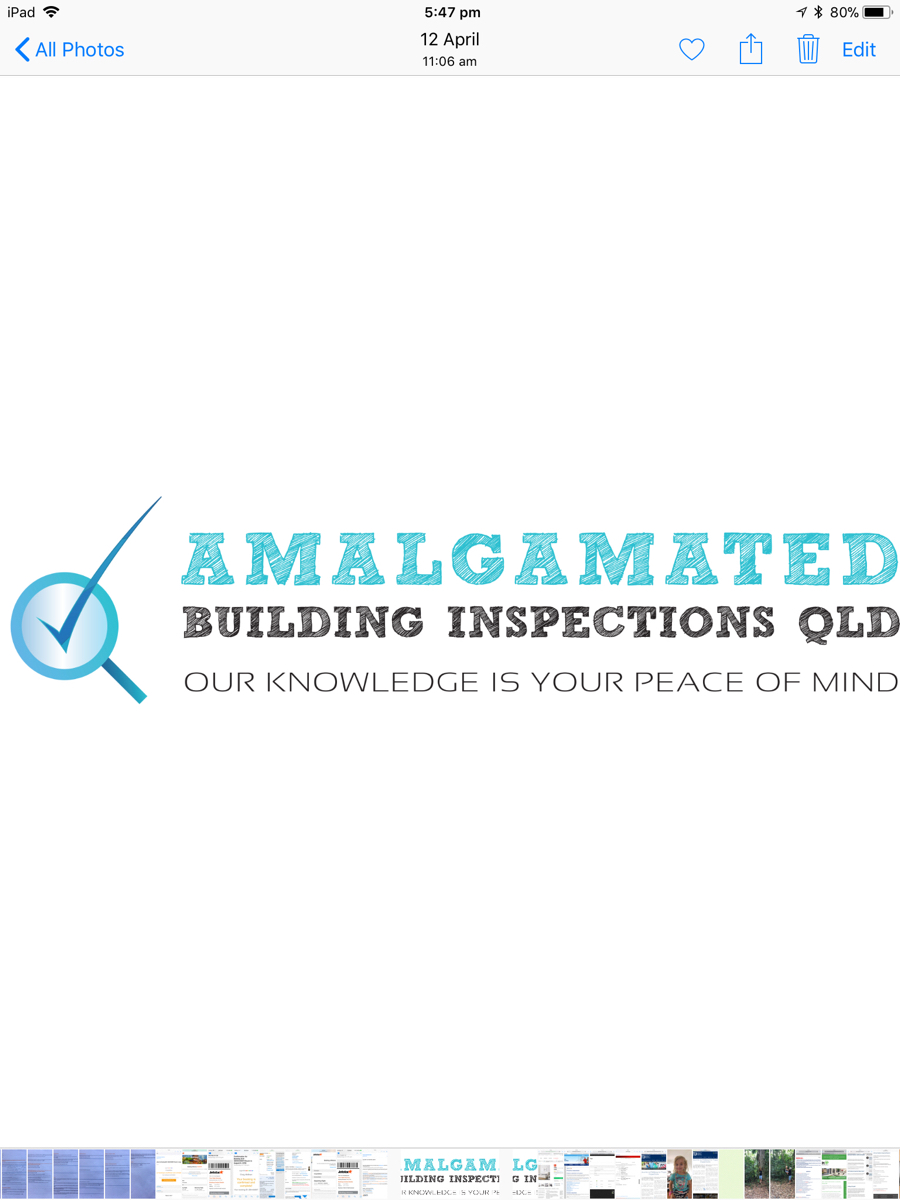Information
-
To comply with Queensland Building Act 1975 & A.S. 1926 1&2 - 2007
-
Document No.
-
Confirm the type of service which has been requested:
-
Client Name:
-
Client Address:
-
Conducted on
-
Inspected By:
-
Licence No:
POOL REGISTER
-
Is the pool registered
-
The pool must be registered prior to inspection
https://www.smarteda.qld.gov.au/pools/properties/propertySearch.action;jsessionid=A3E3C980525EAD26EBFB33675B908A4DI -
If the pool has any form of exemption in place, have you been given a copy of the exemption
-
If you have not been given a copy of the exemption, the inspection must be conducted as if none exists
FENCE
-
Take photos of barriers prior to commencing inspection
-
If the boundary fence forms part of the pool barrier is it 1800mm high or greater
-
As the boundary fence less than 1800mm high the NCZ is located on the outside of the fence. Ensure the pool owner is aware of the risks associated with the NCZ being out of their control.
-
Are all pool barriers 1200mm high or greater
-
What materials are the pool barriers constructed from
- Timber
- Metal
- Glass
-
Suspected ASBESTOS. The pool fencing is deemed NON COMPLIANT. The Australian Standard requires a strength and rigidity test to be conducted on the pool fencing and it is not safe to do so on an asbestos fence, it is therefore deemed NON COMPLIANT. We strongly suggest a sample of the asbestos fence is sent to a NATA accredited laboratory and if confirmed to be ACM (asbestos containing material) the asbestos be removed from site.
-
Does the suspected asbestos appear to be in a safe condition i.e. It is deemed unsafe if there are cracks or sections broken or generally deteriorated in appearance.
-
Does the metal railing fence have arrow heads, loop tops or any other vertical projections
-
With regards to the vertical projections, is the spacing between each arrow head, vertical projection or loop top 100mm or less
-
Therefore the height of the barrier is measured to the top of the horizontal rail below
-
Is the top of the horizontal rail more than 1200mm
-
This barrier is NON COMPLIANT. All pool barriers must be at least 1200mm in height and a maximum of 100mm between vertical projections.
NCZ (Non Climbable Zone)
-
If the pool barrier is 1800mm high or greater, the NCZ can be measured on either the inside or outside of the fence.
-
If less than 1800mm the NCZ must be measured on the outside
-
Measure upper 900mm NCZ - climbable objects permitted provided a child cannot reasonably gain access
-
Measure lower 900mm NCZ (measured from top of fence or rail) - No climbable objects permitted
-
Additional clear area - No climbable objects permitted (a rail is permitted)
-
Vertical uprights more than 10mm apart - 300mm additional clear area on inside of fence required (to stop a foot hold)
-
Measure 900mm NCZ out and down from the top of the fence - No climbable objects permitted.
-
Is the NCZ free of all obstructions and therefore fully conforming.
-
Is the gap under the fence 100mm or less in all places
-
No gaps greater than 100mm under the fence are permitted - see photograph
-
Ensure this measurement is taken from underside of fence to permanent stable ground
-
Confirm the space between vertical fence members is 100mm or less
STRENGTH & RIGIDITY
-
Vertical uprights - With non dominant hand apply 150N of force - The maximum vertical expansion allowed is 105mm
-
Posts and Fittings - Apply a push / pull force of 330N (33KG) at 1200mm above ground
-
Rails - Apply a push / pull force of 250N (25KG). No obvious signs of deformity.
-
Rails - Apply a push / pull force of 330N (33KG). No breakage, fracture or deformity of more than 10mm over its length
WINDOWS
-
Are there any windows that open to the pool area
-
When measured from the inside is the sill of the lowest openable window greater than 1200mm
-
When measured from the inside is the sill of the lowest openable window greater than 900mm
-
The openable portion of the window must be covered by a fixed fly screen
-
Is the openable portion of the window covered by a fixed security screen or bars
-
Is the window restricted from opening more than 100mm
DOORS
-
Are there any doors (hinged or sliding) that open into the pool area
-
Are they mechanically fixed in the closed position
-
Is there a separate fence or fence and gate (which meets all compliance standards) and stops direct access to the pool area
GATE
-
Do all of the gates open out (away from the pool area)
-
This gate is non-conforming as pool gates must open away from the pool
-
Is the gate able to close under its full arc of operation
-
This gate is non-conforming as pool gates must close under its full arc of operation
-
Is the gate free of all obstacles i.e plants etc
-
This gate is non-conforming as pool gates must be free of all obstacles
-
Is the gate a minimum of 1200mm high
-
This gate is non-conforming as pool gates must be a minimum of 1200mm high
-
Is there a maximum of 100mm under the gate
-
This gate is non-conforming as there must be a maximum of 100mm gap under a pool gate
-
Is there a maximum of 10mm gap between the gate and the post
-
This gate is non-conforming as there must be a maximum of 10mm between a pool gate and post
-
Does the gate self latch from each of the 3 positions
-
This gate is non-conforming as pool gates must self latch from all 3 positions
-
Does the gate self latch after the application of 25kg to the top of the gate (100mm from outer edge).
-
This gate is non-conforming as pool gates must self latch after 25kg has been applied to the top
-
What material is the gate constructed of
- Timber
- Metal
- Glass
-
On the glass gate is the latch release 1500mm or greater above the ground
-
On the glass gate is the latch a minimum of 150mm below the top of the gate
-
The latch release is non-conforming
-
On the metal gate is the latch release 1500mm or greater above the ground
-
On the metal gate is the latch release 1400mm above the highest lower rail
-
On the metal gate is the latch a minimum of 150mm below the top of the gate and shrouded
-
The latch release is non-conforming
-
On the timber gate is the latch release 1500mm or greater above the ground
-
On the timber gate is the latch release 1400mm above the highest lower rail
-
On the timber gate is the latch a minimum of 150mm below the top of the gate and shrouded
-
The latch release is non-conforming
-
Can the latching device be locked in the open position
-
Take a photo
RESUSCITATION SIGN
-
Is there a CPR sign visible inside the pool area
-
Does the sign meet current standards
-
Is the sign a minimum of 300mm x 300mm
PERMANENT BODY OF WATER
-
Does a permanent body of water form part of the pool barrier
-
Is the depth of water continuously more than 300mm and is the body of water is more than 1800mm wide
-
Does 900mm barrier extend either out over the water or return either side of the pool barrier along the edge of the water
-
Take a photo
INTERSECTING FENCES
-
Are there any intersecting fences to the pool barrier
-
Are the intersecting fences at a maximum of 45 and 135 degrees
-
Is a 1200mm high pool barrier intersecting an 1800mm high pool barrier within the NCZ
-
Is the top of the fence less than 50mm wide
-
Take a photo
MUD MAP
-
Sketch the approximate shape of the pool enclosure
CONCLUSION
-
Does the pool barrier comply with relevant standards and Building Act 1975
-
At the time of the inspection the pool barrier did not comply with the relevant standards and Building Act 1975 for the reasons stated within this report and therefore is deemed to be nonconforming.
-
Pool Inspectors Signature:
IMPORTANT POOL FENCE COMPLIANCE INFORMATION
-
The following forms an integral part of the report and MUST be read in conjunction with the entire report. Any person who relies upon the contents of this report does so acknowledging that the following clauses, which define the Scope and Limitation of the inspection, form an integral part of the report.
1. To obtain a pool safety certificate, the defects mentioned above must be completed in compliance with the pool safety standard and the owner must engage the pool safety inspector to reinspect the pool. A pool safety certificate must be obtained when selling, buying or leasing a property with a regulated pool. Penalties of up to $16,500 apply for non compliance.
2. The pool owner must ask the pool safety inspector named in this report to reinspect the pool within three months after the non conformity notice is given.
3. The pool safety inspector must notify the relevant local Government authority if the owner does not ask the pool safety inspector to re-inspect the pool within three months after this notice is given. The local Government may take enforcement action, impose penalties or take other action.
4. It is an offence under the Building Act 1975 for the owner to ask, within three months after this notice is given, a person other than the named inspector to re-inspect. Penalties of up to $5,000 apply for noncompliance.
5. Glass Caution: Glass panels in older fences or imported products may not necessarily comply with current glass safety standards AS1288. The inspection of glass falls outside of the scope of this inspection.
In the interests of safety a glazier needs to be consulted to ensure that glass panels and/or gates comply with the glass standard. Non-complying glass should be replaced with safety glass or have shatterproof film installed.
6. This report is not an all encompassing report dealing with the building from every aspect. It is a reasonable attempt to identify any obvious or significant defects apparent at the time of the inspection. Whether or not a defect is considered significant or not, depends to a large extend upon the age and type of the building inspected. This report is not a Certificate of Compliance within the requirements of any Act, Regulation, Ordinance or By-law. It is not a structural report.
Should you require any advice of a structural nature you should contact a structural engineer.
Please feel free to contact the inspector who carried out this inspection. Often it is very difficult to fully explain situations, problems, access difficulties, building faults or their importance in a manner that is readily understandable by the reader.Should you have any difficulty in understanding anything contained within this report then you should immediately contact the inspector and have the matter
explained to you. If you have any questions at all or require any clarification then contact the inspector prior to acting on this report.










